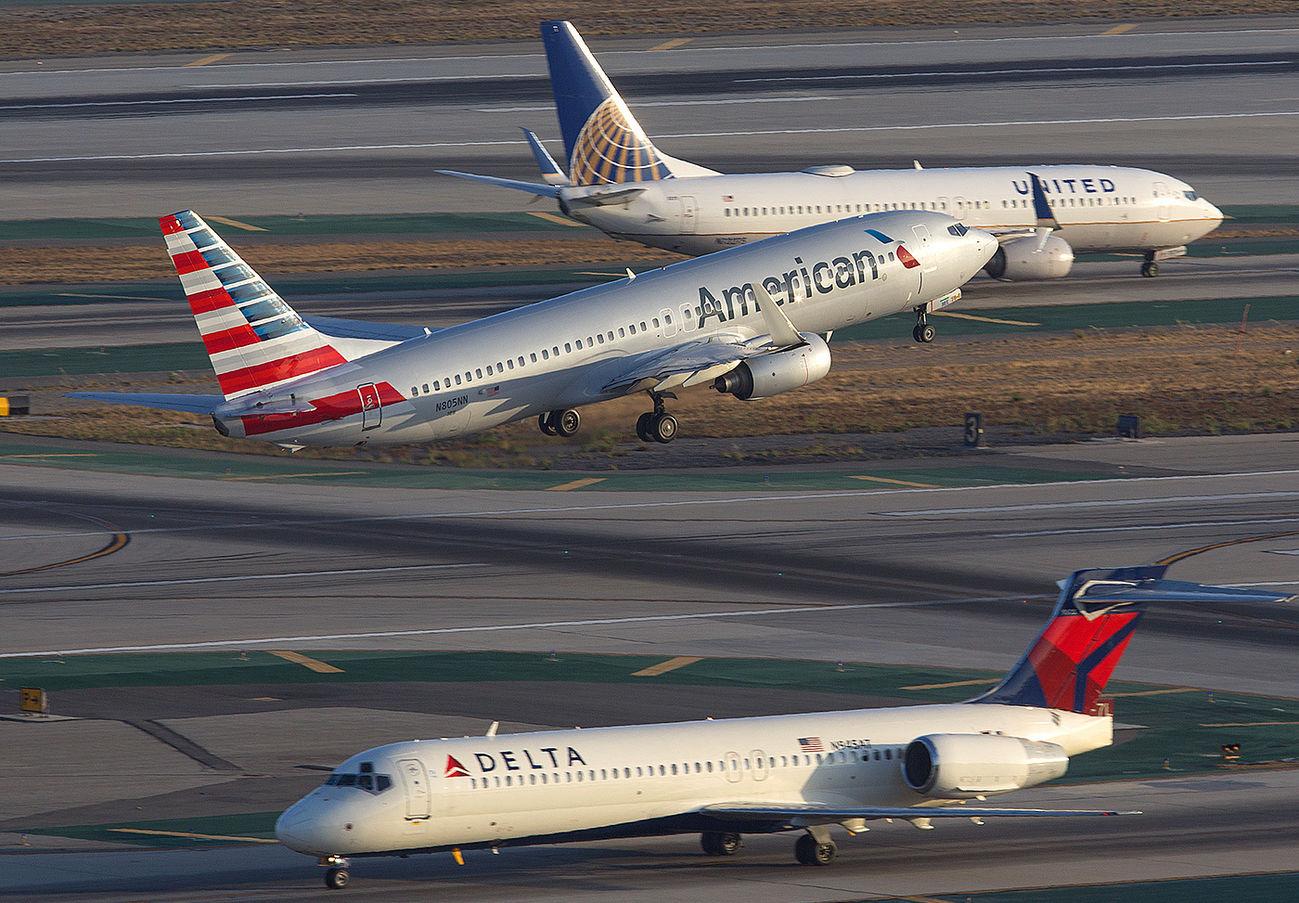
U.S. airlines are spooling up their largest capacity gains in global leisure destinations with Europe as the focal point, according to a recent report by Bloomberg Intelligence senior aerospace analyst George Ferguson.
“Most of U.S. airlines’ fastest-growing markets will be leisure-focused in first half 2023,” Ferguson said.
OAG data shows first quarter (Q1) domestic capacity growth versus Q1 2019 has moderated at 102.3% overall, with the big three network carriers recovering to 97% and the balance at 110%. ULCCs Frontier Airlines and Spirit Airlines have loaded in the largest capacity growth at 144% and 136%, respectively. Still coping with surging domestic leisure demand, constrained capacity is supporting a higher pricing and revenue environment.
The next burgeoning frontier of recovery is across the pond. International growth, particularly across the North Atlantic to Europe, is leading the way. Flush U.S. consumers backed by a strong U.S. dollar are buoying stronger capacity growth.
U.S. point-of-sale outbound leisure traffic is driving a strong growth story for global carriers as European leisure home-market outbound international traffic remains more muted due to the strong dollar, weaker economies, and higher inflation partially wrought by the Russia-Ukraine war.
U.S.-Europe available seats indicates U.S. airlines’ Q1 2023 recovery at 112.4% over Q1 2019 versus European carriers’ 88%. United Airlines, which has been the most aggressive at boosting European capacity with a raft of new leisure routes is at 116% recovery as it endeavors to become the largest U.S. carrier to Europe. Delta Air Lines and American Airlines are growing to 112% and 101%, respectively, OAG data indicates.
The story is inverted on the joint-venture (JV) side. Ferguson believes “U.S. carriers will participate in that expansion as trans-Atlantic capacity is mostly dictated by three major joint ventures between U.S. and European airlines.”
With Lufthansa’s increased exposure to business traffic and Germany’s smaller inbound and outbound tourism demand, the carrier’s 77% capacity compared to Q1 2019 is weighing down the UA/Lufthansa JV to 99.6%. The Delta, Air France/KLM, and Virgin Atlantic JV is leading the recovery at 107% of Q1 2019 levels, led by Air France’s enormous leisure-driven 116.4%. recovery. “Seats to vacation destinations may increase most, as indicated by significant growth at Air France and Iberia, which service largely leisure markets,” Ferguson says. Prior to the pandemic, France had been the most visited country in the world for tourism.
American, which is deploying more capacity growth domestically and relying more on its alliances and JVs for lift, lags among the U.S. big three in Europe at 101%. Leisure-focused Iberia’s growth offsets British Airways’ IAG into second place at 104%.
In Latin America, it’s a tale of two regions. Latin American near-haul leisure has continued to see robust capacity growth. American’s 116.3% Q1 recovery tops the U.S. Big Three, but the ULCCs Frontier and Spirit at 175.6% and 241% are the biggest U.S. gainers. This suggests continued momentum in leisure and visiting friends and relatives (VFR) traffic.
However, U.S. carrier-dominated long-haul widebody flying, particularly to the Southern Cone markets in Brazil, Chile, and Argentina, has not returned anywhere close to 2019 levels.
After nearly three years of pandemic limbo, Asian recovery is finally pushing back from the gate, albeit slowly with China’s nascent sunsetting of zero COVID-19. “Asia capacity will likely grow quickly in 2023, probably diluting some pretty strong fares,” Ferguson posits.
Re-establishing bilateral agreements amid a backdrop of international tension is proving a hindrance to resuming more connectivity between China and the United States. COVID-19 testing measures mandated by the U.S. for incoming travelers from China in the wake of spreading infections is also an obstacle, leading to fits and starts.
First-quarter recovery for U.S. carriers is pegged at 56.5% of 2019 levels with United, the most exposed airline to China and Asia, in initial climb-out to 59%. American—which has most notably curtailed Asian connectivity at its Los Angeles (LAX) hub, shifted capacity to JV partner JAL and Oneworld alliance partner Cathay Pacific, and outright discontinued service into Hong Kong and only just reinstated nonstop connectivity to mainland China—is producing the slowest recovery of U.S. carriers in the region.
